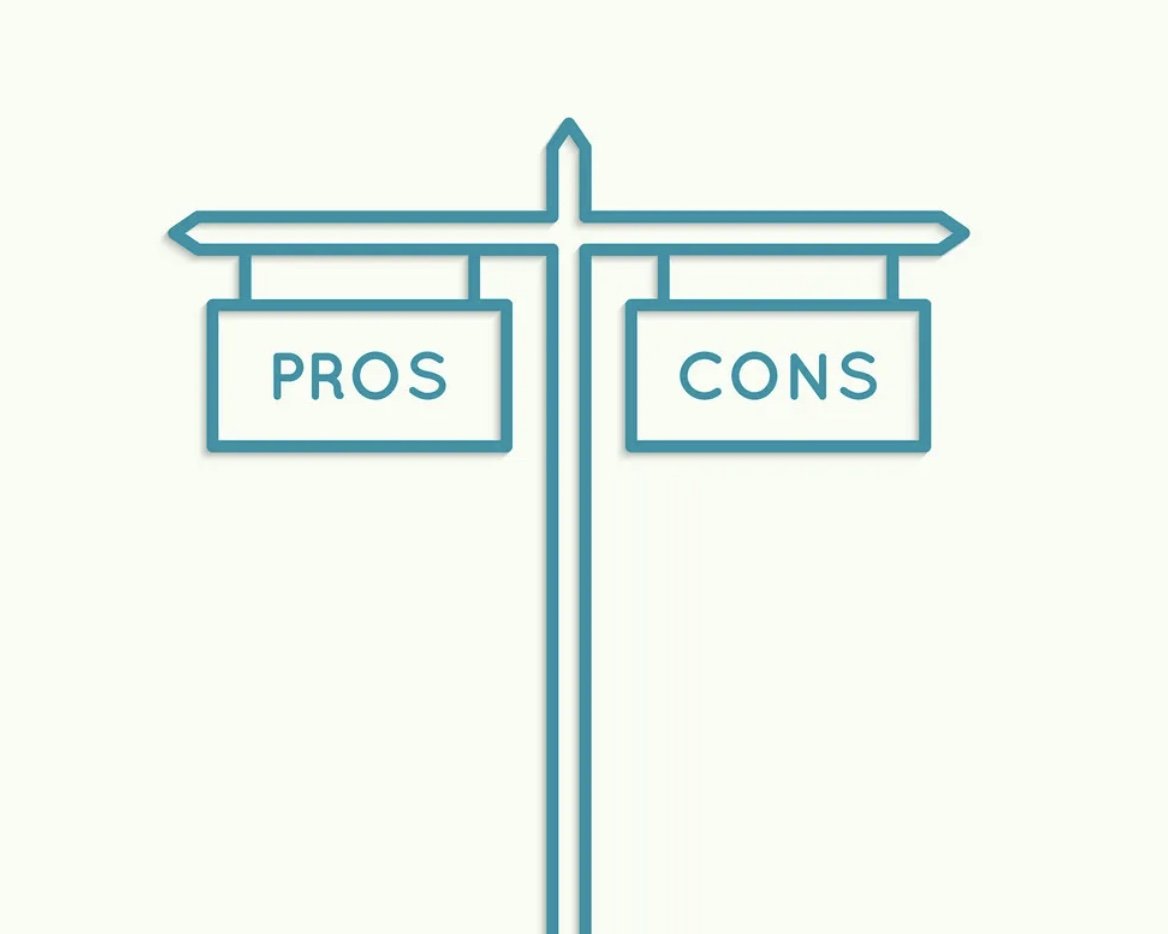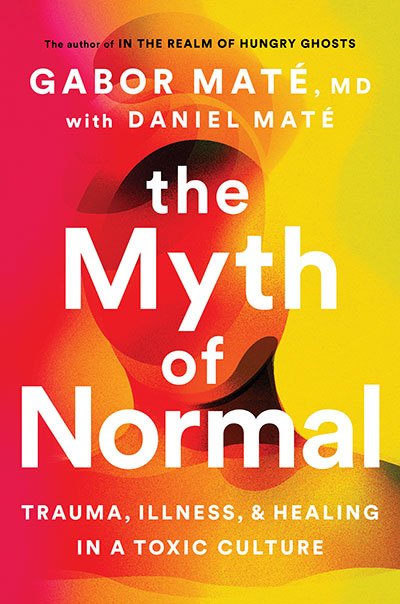Reflecting After Therapy
/By Jessy Weston, amft
Therapy is a space for exploration, healing, and personal growth. While the time spent in a session can be transformative, much of the real work happens in the days between appointments. Reflection is a powerful tool to maximize the benefits of therapy and can help you deepen your self-awareness and understanding.
If you’re wondering how to make the most of your time between sessions, consider these ways to reflect and observe your experiences.
After Your Session: Pausing to Process
Take some time after your session to sit with what came up. What moments from the session stood out the most? Perhaps it was a moment of clarity, a difficult emotion, or even something that left you with more questions than answers.
Notice how you’re feeling, both emotionally and physically. Are you leaving the session feeling lighter, hopeful, or energized? Or are you feeling unsettled, exhausted, or reflective? There’s no right or wrong way to feel, but identifying your emotions and bodily sensations can help you connect more fully with your experience.
You might also reflect on whether you had any “aha” moments. Did something your therapist said click into place? Did you notice a new way of looking at a familiar pattern? These small epiphanies are worth holding onto as they can often guide you in your journey forward.
Observing Your Week Between Sessions
Therapy doesn’t stop when the session ends. The week between sessions is an opportunity to notice how the work you’re doing in therapy shows up in your daily life. As you move through your week, notice how you’re applying insights from therapy. Maybe you’re trying out a new coping strategy or challenging a negative thought pattern. Reflect on how these actions feel—are they helpful, awkward, or even challenging? It’s okay if things don’t click immediately; progress often happens in small steps. Or maybe you’re noticing moments when you feel particularly activated or calm. You can ask yourself what triggered these feelings as understanding these shifts can help you see connections between your thoughts, feelings, and behaviors.
Preparing for Your Next Session
Reflection also sets the stage for a more focused and productive therapy session. As your next session approaches, think about what you want to bring into the conversation. Is there something from the previous session that you’d like to revisit or clarify?
You might also reflect on what you’d like to prioritize going forward. Are there specific goals or themes that feel especially important right now? Therapy is a collaborative process, and your reflections can help shape its path.





